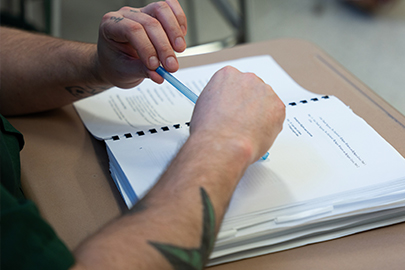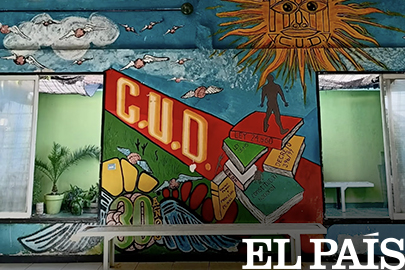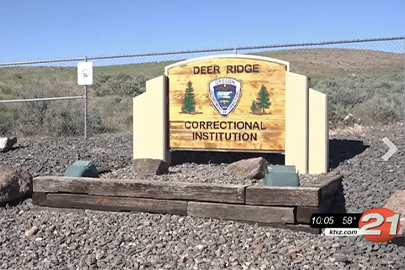‘This Program Exists Because of the Reinstatement of Pell’
A biology professor in Oregon dreamed of starting a degree program in a local prison just as Pell reinstatement was underway. Now hers is among the first programs where incarcerated students can receive the grants.
[…]
Inside Higher Ed spoke with Emma Chaput, transfer degree program lead and a biology professor at Central Oregon, about what access to Pell Grants means for the future of her program and its students.



